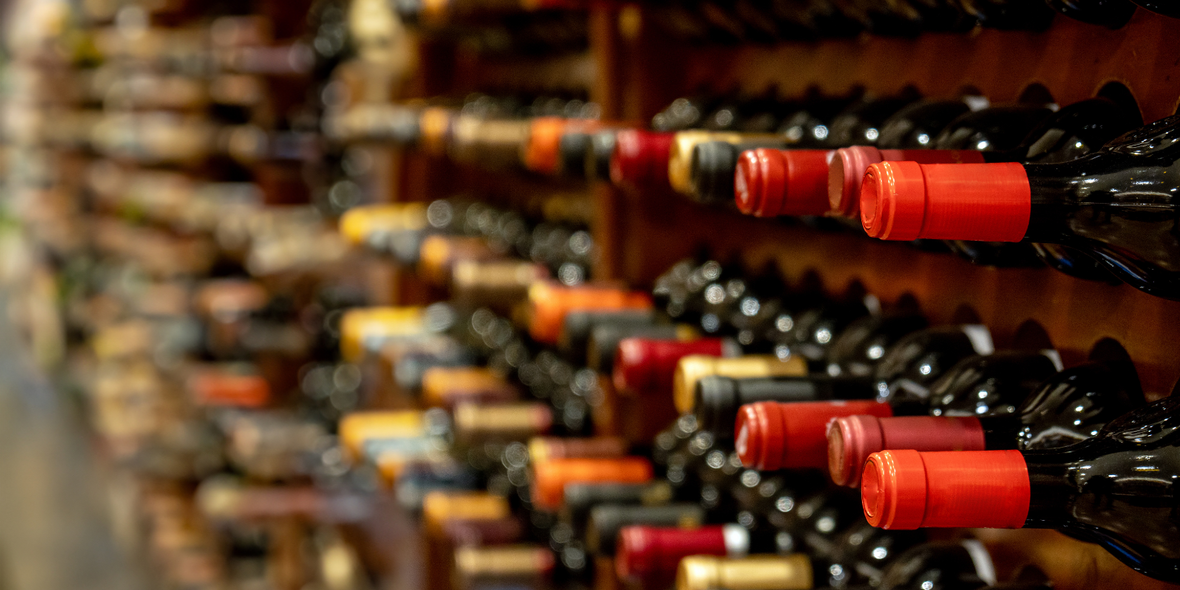
What Are You Really Paying for in a Bottle of Wine?
Wine prices can vary significantly, but have you ever wondered how much of what you pay actually goes toward the wine itself? According to recent market figures, the average spend on a bottle of wine in the UK is just over £5.00. However, a significant portion of this cost has nothing to do with the quality of the wine inside.
Let’s break it down using a £5.50 bottle of wine as an example.
How Much of Your Wine Cost is Tax?
A large chunk of the price you pay goes straight to the government. As of the latest duty rates, here’s the tax breakdown:
• Excise Duty: £2.67 per bottle (as of August 2023, with further increases expected)
• VAT: £1.10 (20% of the total price)
That means you’re already paying £3.77 in tax alone before even considering the actual wine.
Retail and Distribution Costs
Beyond tax, retailers and wholesalers take their cut.
• Retailer Margin: At least £1.00 per bottle, though often more to cover overheads and profit.
• Wholesaler Margin: Around 30p per bottle.
• Transport Costs: If the wine is imported from Europe, shipping adds at least 20p per bottle. If it’s coming from further afield, transport costs increase significantly.
Adding this all up, at least £5.27 of your £5.50 bottle goes to tax, retail, and logistics, leaving just 23p for the actual wine.
What Does 23p Buy You in a Bottle of Wine?
The winemaker’s share has to cover everything from vineyard maintenance to bottling. Costs include:
• Labour, which varies based on vineyard location (steep, hand-harvested plots cost more than machine-harvested vineyards).
• Equipment and machinery for production.
• Oak barrels or other aging methods, which can significantly add to production costs.
• The land itself, especially if it’s in a prestigious winemaking region.
At this price point, there is very little room for quality ingredients or craftsmanship. The wine is mass-produced with cost efficiency in mind, often using high-yield grapes and minimal aging.
Does Spending More on Wine Really Mean Better Quality?
Absolutely. If you increase your budget by just £2.50, bringing your total spend to £8.00, the amount actually spent on the wine itself more than doubles.
This extra investment allows for:
✅ Better quality grapes, often from lower-yield vines that produce more concentrated flavours.
✅ More careful harvesting and sorting of grapes for better consistency.
✅ Aging in higher-quality barrels, which enhances complexity.
✅ Smaller production batches with more attention to detail.
As you move up in price, the proportion of money spent on the actual wine increases even more. For example, on a £10 bottle, around £3.50–£4.00 goes into the wine itself, significantly improving taste, depth, and structure.
Final Thoughts: Is it Worth Spending More?
If you want to truly enjoy your wine, it’s worth looking beyond the cheapest options. While a £5.50 bottle is mostly covering taxes and retail costs, spending just a little more can dramatically improve the quality of what’s in your glass.
Next time you browse the wine aisle, consider what you’re really paying for. A slightly higher price tag could mean a far better drinking experience. Cheers to making every sip count! 🍷


